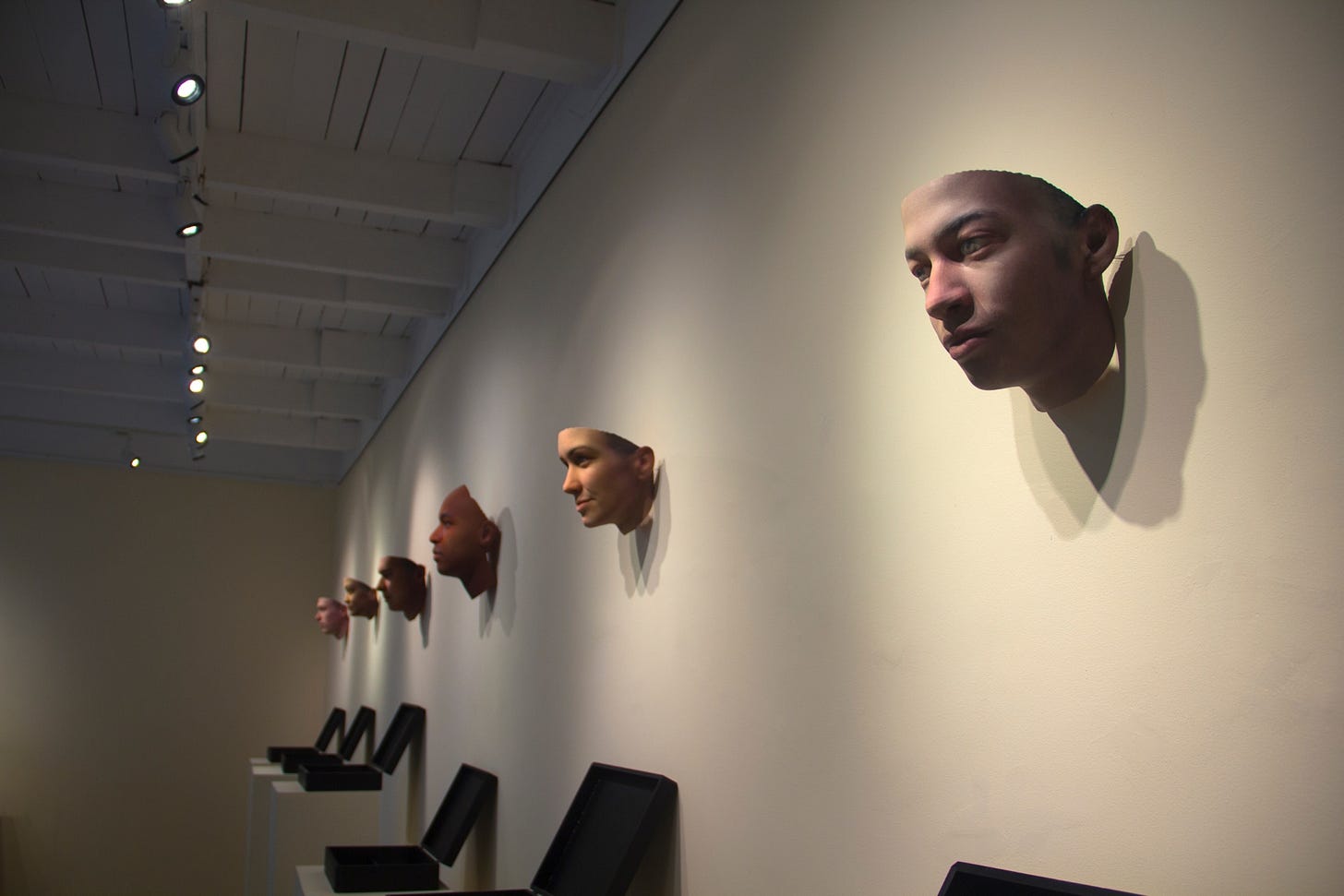🔳 SIA Notes: Technology
A series of short notes inspired by words at the center of contemporary art discourse
These are some notes I took during a quick course at Sotheby’s Institute of Art which allowed me to reconnect with contemporary art history after an almost 20 year break.
My recent work has been so dependent on technology and rapid AV market developments that I felt I needed to turn back to Art History in order to reevaluate my outlook on what I do in an emerging field, and what I intend to build. In other words, it was meant to be a kind of therapy for what Matt Klein called an ‘anxiety-provoking perma-crisis and breakneck innovation’ that many of us experience in our day-to-day practice.
The notes I made across a two-month period helped me to focus my attention on phenomena that I found relevant or that were relatively unknown to me. It also turned out to be the best remedy to various forms of popular escapism, from pointless wellness rituals to traveling for no reason to places that don’t need me.
First, I would argue that technology is not just a set of tools or a particular technique determined by a device, whether it's analog or digital. I guess it was Dr. Adam Rutherford who wrote that technology has always been with us since humanity began using simple wooden sticks or bones to extend the reach of their hands. What we consider modern technology today, he says, is a distant yet logical evolution of the decision our ancestors made thousands of years ago to enhance their capabilities.
Yet we shouldn't forget that in the so-called modern era, technology has become a philosophical challenge that many thinkers have tried to address with the shared goal of understanding and anticipating how prolonged usage changes our perception of reality and our interactions with it. There are serious reasons for this which go far beyond postmodern staccato debates we used to have when we were beer drinking college students.
The main difference between pre-digital technologies and what we deal with today is that modern day digital tools are not passive toward their users; on the contrary, they play a vital role in a) how we use them, b) how they influence our behavior, and c) how they extract information and data from us at any given moment. So, what we consider "tools" are actually something quite different. They are active participants in our everyday lives and their impact on us is larger than we realize.
For this reason, the work of creatives who use technology in a way that blurs the distinction between tools, form, and message is crucial. They often base their work on real data, exposing the process and technique. Heather Dewey Hagborg's work on surveillance and privacy could be easily extended with the use of new knowledge we have about how biometric data extracted through VR headsets can not only unmistakably help identify any user (our body movement and eye movement are like DNA; there are no two samples the same), but also assess the user's general health condition, including potential diseases (Stanford University). Privacy, manipulation, and mental health concerns in extended realities are exponentially larger than in any flat-screen medium we've known so far. A creative answer from artists/hackers is, in my opinion, one of the fundamental areas of the art market of the future.
While I agree that immersive entertainment and spatial or experiential art won't replace more traditional art disciplines, I do believe they will significantly impact how our expectations are shaped and how we perceive the cultural landscape, including collective forms of entertainment, and engaging interactive experiences for different types of audiences. Venues like PHI Centre in Montreal, ACMI in Melbourne, Barbican Centre in London, or even the private-owned Fotografiska galleries, are looking for a new model of a cultural venue, both in terms of what it means to create a “third space” of the future, but also how to keep a new generation of viewers both attracted to the offering and satisfied with the quality (fortunately, we’re beyond the era where a video projection mapped starry night would make anyone seriously excited).

In terms of spatial creation, truly immersive 3D works, whether they require a headset (VR/AR) or are available through LBEs (location-based experience) or personal devices (mobile AR), will become increasingly important. What I find most interesting is the general paradigm shift I've called a transition ‘from mediums to realities’, where instead of switching between different mediums to consume various types of content (art, television, games, etc.), we will move between layers of reality, most likely highly personalized for each user. These layers will surround each one of us, almost like a cocoon of digital membranes, or — as I prefer to imagine them on a good day — personal digital gardens, offering us access to different realms and realities in different percentages of immersion. This era is still ahead of us, but it's likely closer than many expect.




